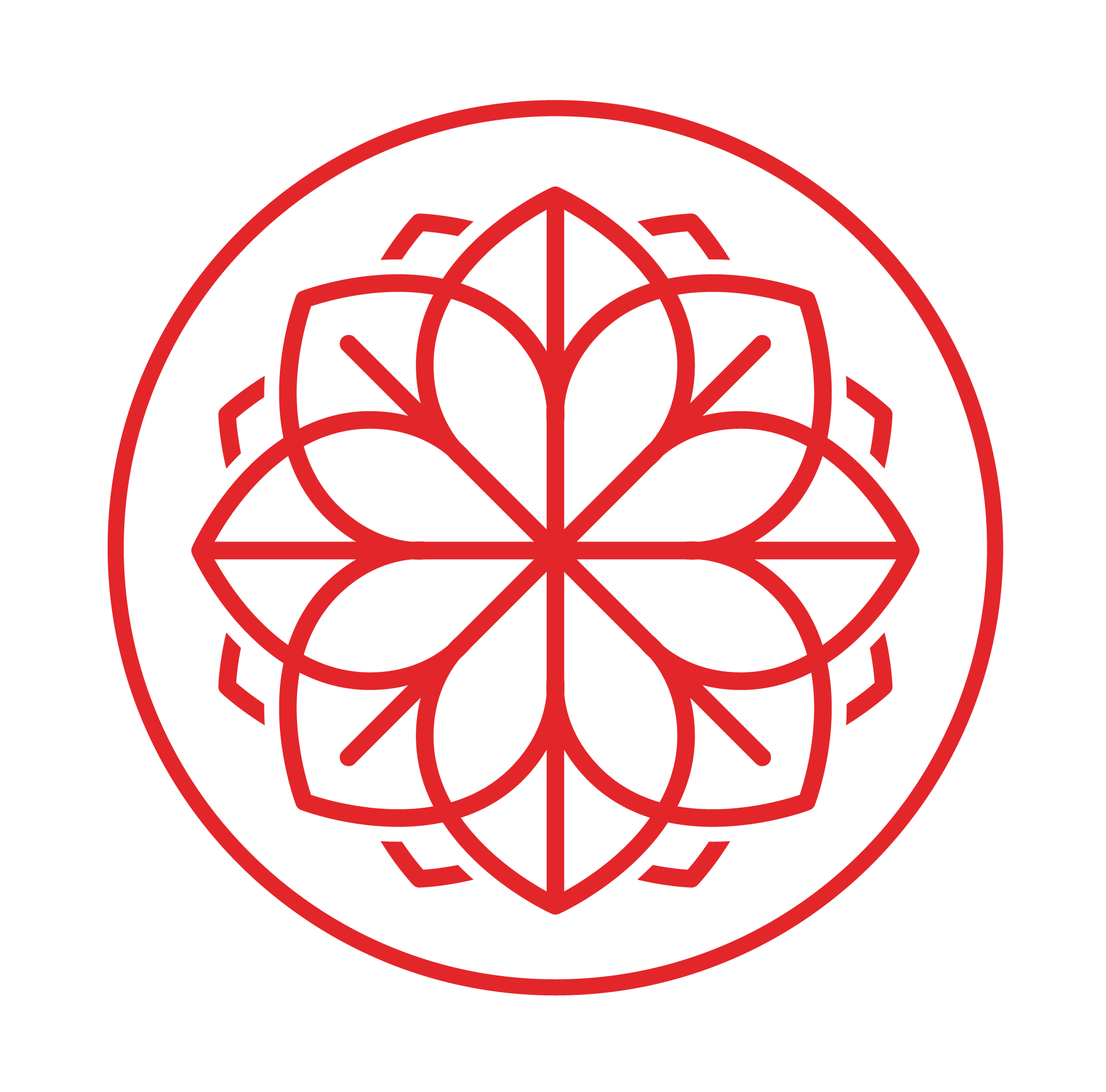Post Menstrual Care
Yin is considered the physical substance of the body, while Yang refers to the function. While Yin covers all bodily fluids, in relation to menstruation, it specifically refers to blood. Though different for every woman, there is blood loss during menstruation, so in the next phase of a woman’s cycle, the follicular phase, there is a strong focus on tonifying and replenishing the blood. Excessive blood loss, or menorrhagia, during menstruation can cause symptoms like pale complexion, lips, tongue, or nail beds, visual spots, thinness, hair loss, dry hair, dry skin, constipation, poor memory, headaches, fatigue, anemia, amenorrhea, or scanty menses. TCM has many guidelines to follow, from diet to exercise to acupuncture, to best support your body post menstruation, so each period can be healthier than the last.
Diet
The follicular phase is all about hormonal changes thickening the lining of the uterus to prepare for ovulation, so there is a great focus on rebuilding blood and Yin. A nourishing diet can replenish blood by providing the necessary vitamins for healthy red blood cell production. For optimal digestion and absorption, an emphasis on lightly cooked foods vs raw is encouraged, since raw food is harder for the body to process. Also, avoid sugar, processed foods, and alcohol.
Dark leafy greens like spinach, kale, and collard greens are rich in iron, which is important for red blood cell production
Red meat like beef, liver, and lamb, which are great sources of vitamin B12, which is necessary to produce healthy red blood cells
Bone broth
Eggs are a source of protein and iron.
Black and kidney beans are rich in folate and aid in red blood cell production
Fruits like raspberries, blackberries, pears, persimmons, bananas, apples, kiwis, melon, and tangerines are sources of magnesium, vitamin C, and calcium d-glucarate
Seeds like black and white sesame, sunflower, and pumpkin are sources of methionine and zinc
Nuts like almonds, cashews, peanuts, and brazil nuts are sources of magnesium, zinc, and methionine
Room temperature water or tea- avoid ice water
Bone Broth Recipe:
High nutrition to tonify and support blood health
Ingredients:
3-5 lbs of bones (ideally a mix of cuts from pasture raised farms)
2 yellow onions- peeled and roughly cut
1 bunch celery- bottom removed
3-4 large carrots- cut in half
2-3 garlic cloves- peeled
3-4 shiitake mushrooms- cut
Olive oil
Salt
2 tablespoons apple cider vinegar
Water
Recipe:
1. Preheat oven to 425 F
2. Place bones, onions, celery, carrots, garlic and shiitake mushrooms into a heavy bottomed pan and coat in olive oil and generous amount of salt and toss until all ingredients are covered in olive oil and salt. Roast for about 20 minutes or until bones and vegetables “appear roasted” " and then remove.
3. Place bones and vegetables into a large stock pot and fill about 3/4 full with water and add 2 tablespoons of apple cider vinegar. Bring to boil and then simmer for 8 - 48 hours. For those who need a broth more quickly an instant pot or equivalent can be used. When I use an 8 quart instant pot, I divide the ingredients in half, fill to the "max line" and cook for 1 hour and let the instant pot go through a natural release. The whole process is about 90 minutes per batch.
Both methods produce a high quality bone broth far superior to store bought bone broth. However, we believe it is important to note that the long and slow method results in the highest quality broth.
Exercise and Rest
In the follicular phase, the hormone estrogen is at its peak, so more energetic exercises like running, cycling, dancing, or weight training will help circulate blood throughout the body. While moving your body is important, proper rest is also essential to allow the blood to fully replenish instead of being further depleted by overexertion. Keep listening to your body, and if you feel tired, rest.
An important aspect of traditional Chinese medicine involves maintaining warmth in the blood. Warm feet warm uterus. Keeping the feet warm in addition to maintaining warmth in the digestive system will support smooth blood flow, enhance blood production, and reduce menstrual pain.
Acupuncture
Acupuncture can help regulate menstruation so that menorrhagia, or excessive bleeding during menstruation, can be avoided. During the follicular phase, acupuncture focuses on improving uterine and ovarian blood flow to the ovary follicles so they can develop, thickening the endometrial lining, and increasing cervical mucus. Acupuncture can also help regulate hormones. Each phase of a woman’s cycle produces hormones in different levels, and producing enough estrogen in the follicular phase will help with ovary follicle and uterine lining development. Improved circulation, removal of stagnation, energy stimulation, increased blood supply, pathogen elimination, strengthened immune system, and yin yang harmony are all things acupuncture can help with that will aid in blood nourishment and production.
Each woman has a different relationship and experience with menstruation, and some struggle without realizing they do not have to. Small changes can have a significant impact on how a woman’s body transitions through their cycle, and with the proper tools, the process can become much more pleasant. Balancing exercise and rest, and most importantly, proper nutrition, will help your body function efficiently, effectively, and can make a sometimes difficult time much easier. Listen to your body, explore acupuncture for support, and adapt to the changes of each cycle so that the next one is better than the last.
Resources
https://www.acupunctureindelray.com/blog/nourishing-the-body-post-period
https://www.thomsonmedical.com/blog/tcm/acupuncture-for-menstruation
https://www.herbalreality.com/condition/menstrual-health-traditional-chinese-medicine-perspective/#:~:text=Tonify%20blood%20after%20the%20period,molasses%2C%20dried%20apricot%20and%20fig.
https://www.ginsengacupuncture.com.au/blood-nourishing-foods/
https://www.doublehappinesshealth.com/dhhblog/2019/5/8/foods-that-build-the-blood
https://www.francesturner.org/wp-content/uploads/2020/11/Blood_nourishing_foods.pdf
https://cherryblossomhealingarts.com/internal-medicine/foods-to-nourish-blood#:~:text=stress%2C%20or%20menorrhagia.-,Symptoms%20of%20Blood%20Deficiency,anemia%2C%20amenorrhea%20or%20scanty%20menses.
https://ellicottacupuncturecentre.com/acupuncture-for-blood-circulation/#:~:text=Does%20Acupuncture%20Increase%20Blood%20Flow,blood%20flow%20to%20those%20areas.
https://wthn.com/blogs/wthnside-out/womenshealth
https://thefertilitypod.com.au/acupuncture-menstrual-cycle-hormones/
https://www.northshoreacupunctureandnaturalmedicine.com/north-shore-acupuncture-blog/bone-broth-recipe

